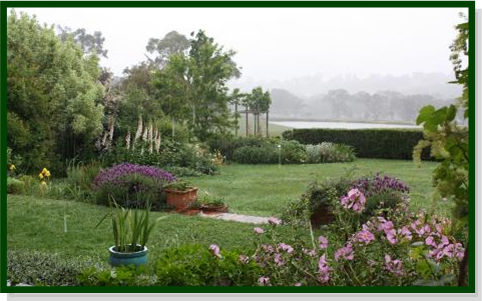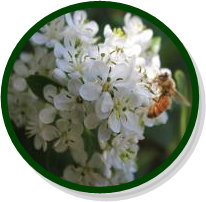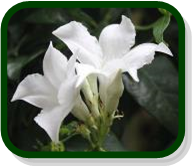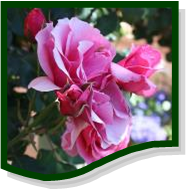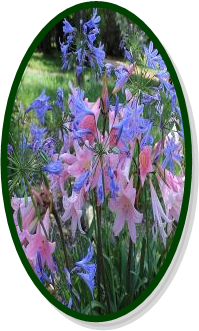|
Colour photography wouldnít have changed the situation much as white is easily captured on film. But digital is a different story: white and pale colours normally appear blank in the image, so garden photographers avoid them like the plague.
One place where I love to see white is in shade. This is the reason many critics consider the famous White Garden at Sissinghurst to be inferior to its equally famous counterpart at Hidcote, widely regarded by many as its inspiration.
Hebes have narrow flower spikes carrying dozens of tiny blooms that last for several weeks. My bush has grown slowly to approximately 1.3 metres high and across, and has been thickly covered in flowers since before Christmas.
A nice thing about it this plant is that unlike, say, white butterfly bush (Buddleia davidii), which has bigger but otherwise similar flower cones, hebe blooms drop as they fade, rather than remaining on the bush and turning into unsightly brown blobs.
Rock roses (Cistus) are another great shrub for full sun and there are several lovely white ones, all with 5-6 centimetre, saucer-like flowers that last for a day but keep coming.
Gum cistus (C. ladanifer) has aromatic leaves and a maroon blotch at the base of each petal. Its form ĎAlbiflorusí is pure white, as are the flowers of Laurel-leaf cistus (C. laurifolia) and Sage-leaf cistus (C. salviifolius).
Silver convolvulus (C. cneorum, 30cm.) has white funnel flowers and is a perfect front row plant.
All these shrubs need a hard prune after flowering to prevent their becoming woody in later life. Cistus are short-lived but are easy from semi-ripe, late summer cuttings.
And remember, if all else fails, thereís nothing prettier than white shasta daisies, white gladdies and pure white agapanthus.
Fionaís Garden column in The Land:†††† Jauary 2010 |
|
White flowers come into their own on summer evenings. Flower colours fade along with daylight, but white stands out miraculously, glowing in the dusk almost until nightfall.
Iím not a huge fan of white flowers. While individually they are beautiful, I never think they look their best in sunlight as they go off so quickly, and white roses alone seem to attract more bugs than other colours.
Another of my problems with white flowers is that since the advent of the digital camera - admittedly irrelevant to gardeners - they have become tiresomely hard to photograph. I sometimes wonder if they were recommended more often in the days of black-and-white film.
This favours white flowers, partly because shapes stand out so clearly in monochrome but also because white is so eye-catching.
Edna Walling was always seeking out white flowers to create focal points for her shots. So maybe she wrote about them merely because she could illustrate them, even though they might have been quite inappropriate in our brilliant Australian light.
The Sissinghurst garden lies in the glare of full sunshine (well - such as you get in Britain), but Hidcoteís sunken White Garden was made beneath a spreading cedar of Lebanon, and the white flowers gleam enticingly in the dense shadows.
So the lesson here is to plant your white flowers either in a shady part of the garden, or where they are clearly visible from your favoured evening sitting-out spot. Country gardeners are lucky, most of us can manage both.
If your verrandah, like ours, looks over a sunny garden, itís worth remembering that small flowers generally last longer than big ones, especially in full sun. This year Iím loving a bush of willow-leaf hebe (H. salicifolia) that has finally come into its own, no doubt in part thanks to the wet summer.
|
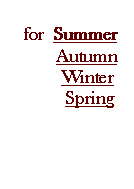
|
Gardening Tips |
